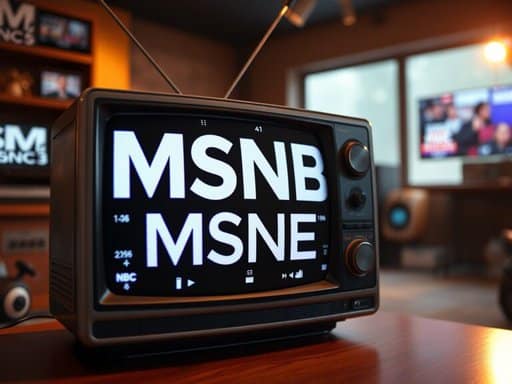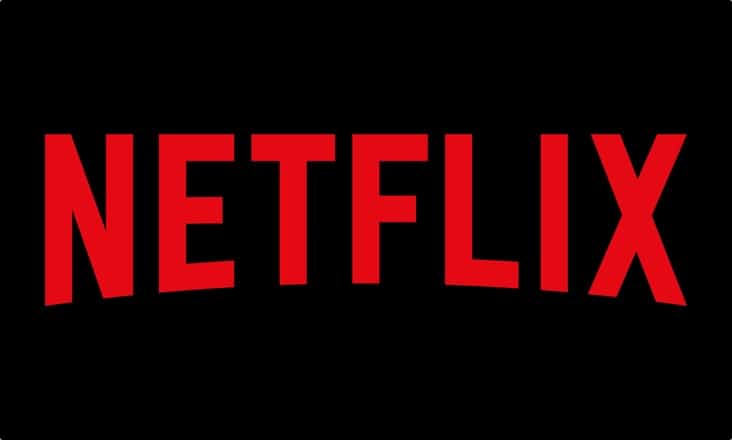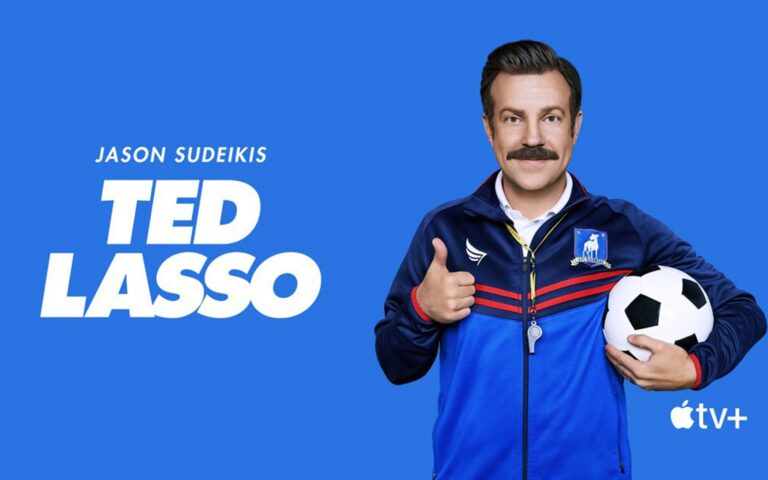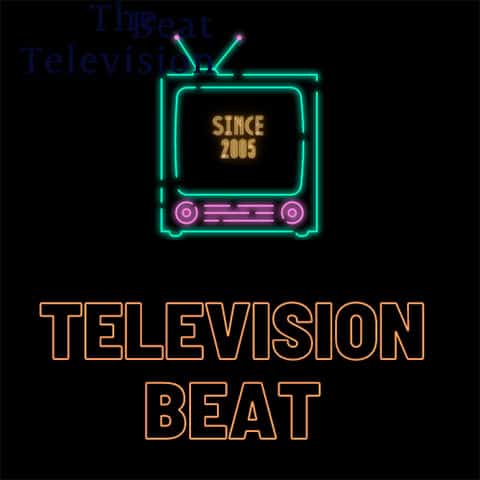
November 19th 2024: The shift of professional sports broadcasting behind paywalls is a growing trend, but it’s unlikely that all sports will end up exclusively behind a paywall in the near future. Instead, we’ll likely see a mix of models, with some sports and events remaining accessible for free, while others move entirely to subscription-based platforms. Here are the key factors at play:
1. The Shift to Paywalls
- Rising Costs of Sports Rights: The cost of broadcasting rights for major leagues like the NFL, NBA, and Premier League has skyrocketed. Streaming platforms and premium networks are willing to pay for exclusive rights, passing these costs to consumers through subscription fees.
- Streaming Platforms’ Dominance: Companies like Amazon Prime Video, Apple TV+, and ESPN+ are acquiring exclusive rights to live sports. For example:
- Amazon has exclusive NFL Thursday Night Football rights.
- Apple TV+ secured global broadcasting for Major League Soccer (MLS).
- Peacock and Paramount+ air exclusive games for the Premier League and UEFA Champions League, respectively.
- Subscription Bundling: Some providers bundle sports with other content, encouraging fans to pay for broader entertainment packages.
AD: DOORDASH save $10 off each of the first three orders for a total of $30 when you use the link https://drd.sh/ocHVpfF0eOAtCRq2
2. Why Some Sports Will Stay Free
- Advertising Revenue: Networks like ABC, CBS, NBC, and Fox continue to rely on free-to-air sports to attract massive audiences, generating billions in ad revenue. Events like the Super Bowl, World Cup finals, and Olympics are cultural phenomena that broadcasters want on widely accessible platforms to maximize viewership.
- Public Pressure and Legislation: In some countries, governments regulate the broadcasting of key sporting events, ensuring they remain available for free. For example:
- The UK mandates that the FIFA World Cup, Wimbledon finals, and the Olympics be broadcast on free-to-air channels like the BBC.
- In the U.S., public outcry could deter leagues from entirely moving popular sports behind paywalls, fearing alienation of fans.
- Smaller/Niche Sports: To build fan bases and attract sponsors, less mainstream sports and leagues may prioritize free access or partner with platforms that offer limited free streaming.
AD: Here’s 20% off + FREE SHIPPING at Purchasing Power. They sell 40,000+ brand-name products through paycheck deduction with no credit check. Hope you find what you’re looking for! CLICK FOR MORE INFO.
3. Future Trends
- Hybrid Models: Some leagues and broadcasters are already blending free and paywalled content. For instance:
- NFL games are split between free-to-air (CBS, Fox) and paywalled options (Amazon Prime, NFL Sunday Ticket).
- The NBA offers free highlights and games on platforms like YouTube, while premium games and entire seasons are paywalled.
- Globalization of Sports: Leagues expanding internationally might offer free games or discounted streaming in new markets to grow their fan bases.
- Ad-Supported Streaming: Some services might adopt ad-supported tiers (similar to Peacock or Hulu) to make sports content more affordable or partially free.
- Emerging Platforms: Social media platforms like YouTube and Facebook have experimented with free sports streaming, potentially keeping some games accessible.
Challenges for Fans
As more sports migrate to paywalls, fans face:
- Rising Costs: Subscribing to multiple platforms for different sports can become expensive.
- Fragmentation: Games split across different services make it harder to access everything in one place.
- Access Inequality: Some fans, particularly in lower-income demographics, may struggle to follow their favorite teams if games are locked behind paywalls.
AD: Use my link to join Rakuten and get an extra 10% Cash Back (terms apply). www.rakuten.com/r/PAULAN2534?eeid=26474
Conclusion
While premium sports content will increasingly move behind paywalls due to rising costs and the allure of subscription revenue, it’s unlikely that all sports will follow. Iconic events, smaller sports, and public-interest games will likely remain accessible, either through free-to-air broadcasts or ad-supported platforms. However, fans can expect a more fragmented and potentially costlier viewing experience moving forward.





